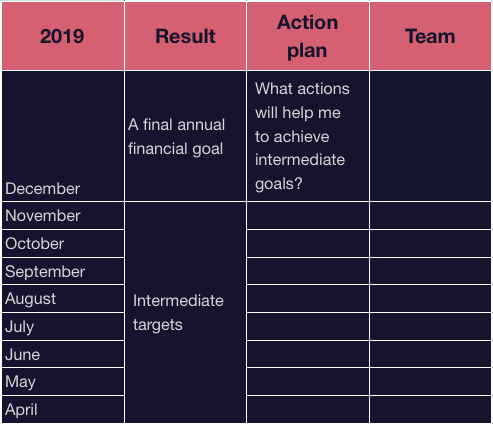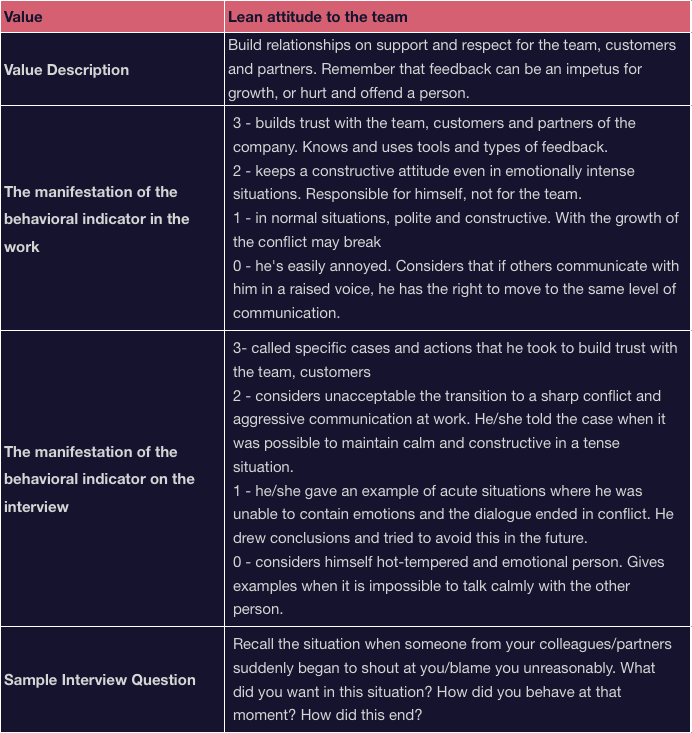4 whales of effective recruiting formation
Recruiting
26 June 2019Do you hire staff in your company? Or do you have an internal recruiting team? Perhaps you use outsourcing? Each of the options that you choose requires its own individual approach to the formulation of the problem, time for support and control. At the same time, there are general principles from which any of these approaches start.
I have been specializing in IT recruiting for 8 years. I know how the recruiting system works in service corporations with huge budgets for HR branding, in-game product studios and small startups with low budgets. Also, I know owners who continue to search and find employees on their own, spending a huge amount of their personal time. And I know owners who are interested only in the staff movement statistics and how it affected the profit. Each approach has the right to exist in a certain period of time. The question is what you will do when the model needs scaling.
What base do you need to build in order for your cost per hire to correlate to your budgets, and staff turnover is at the normal level in your business model?
- Hiring should be based on the company’s annual goals.
- Candidate’s diagnostics should be based on company values.
- The men responsible for recruiting should know how much their work is worthy of the company.
- The men responsible for recruiting should know what profit or loss they bring to the company, in case of achievement or failure to reach the desired result.
In order to begin to understand these points, you should determine, in fact, your current CPH and the person who is responsible for the recruitment process.
Read also: Recruiting as a reproductive organ in the company system
If you, as the owner, recruit all the people yourself:
– estimate your time spent on searching and communicating with candidates for a certain period, multiply it by your cost per hour, add lost profit for this period (*** money you could get from clients, spending time on other tasks);
– if you used paid placement to hire staff – add the amount spent on services to the total amount;
– add “time*cost per hour” of other employees involved in the hiring process;
– divide everything into the number of employees hired for the same period.
The amount received is your current cost per hire.
I’m sure that if you replace your time in the formula on the time of the recruiter, the amount will be several times less. With the right approach, and the result will be better. You can scale.
After analyzing this indicator, decide who will be responsible for the hiring process in the company. If you want to delegate your tasks, you will be assisted by a dedicated recruiter, referral managers, or product managers. You can outsource recruiting to professionals. This minimizes elapsed time and operating expenses in the company.
Let’s return to the basis mentioned earlier:
1.Hiring should be based on the company’s annual goals.
Take the company’s goals for the year. Build an organizational structure to be achieved at the end of the year to reach your goals. That is, how many employees, at what positions, and with what areas of responsibility you will need to achieve the quantitative and qualitative indicators which you will want to get.

Complete these columns using the method of reverse planning.
This is your annual selection plan. Yes, it will be changing throughout the year. But you can already understand how much time you need to hire.
2. The choice of the candidate should be based on the values of the company.
Have you formulated the mission and values of the company? Work principles?
Do all the company employees know them? If the answer is yes! – Congratulations! You are on your way to success!
If not, add to do list. Values are the true head of the company, because every employee, making any decision, is guided by values. And then the question for you – what values will affect his/her decision? Company values? Or their own goals? Let’s talk about 50 employees, and imagine each one of them, who makes, for example, 20 decisions a day, based on something own. That sounds scary, doesn’t it?
How to choose the necessary criteria for the diagnosis of candidates’ soft skills at the stage of hiring? I have an example based on our company, which will help you to highlight competencies from the value for conducting an interview and diagnosing a candidate.

With this tool, after the interview, you’ll be able to summarize the results for each value and make an objective decision on the candidate.
3. The men responsible for recruiting should know how much their work costs to the company.
In this case, we return to the Cost per hire indicator – a general indicator of all costs that you have spent on hiring.
The formula is simple:
CpH = (internal recruiting costs + external recruiting costs) / total numbers of hiring
***data is taken in one period of time
This indicator will help you to track several factors:
- how much each candidate in each direction costs for you?
- plan the annual budget for the selection plan;
- where to invest the budget (team expansion, employee bonuses, agency involvement);
- as a bonus, you can see how much extra time employees spend on interviewing and hiring.
There are statistics and averaged figures for countries and different businesses, but still, this indicator is individual. It is better to track it once a quarter. This way you can see the actions taken that have an impact on the final cost and compare with the results.
4. What profit or loss the men responsible for recruiting bring the company, in case of achievement or failure to achieve the desired result
An important point for team motivation and awareness in decision making.
Does the work of your employee in the company pay off?
Does he make a company profit from his daily actions or not?
What does he do to achieve the goals of the company?
What mistakes were made and what results did they produce?
What changes have been made to prevent these errors in the future?
A recommendation from me if your recruiting does not know the answers to these questions.
Take a real case related to the work of recruiting. For example, you closed a key position on a project not 2 months, but 4 months. How did this delay affect the company’s results? How much money have you lost?
Spend with the team such as retrospectives. Give them an understanding of the results. Control the implementation of changes.
I hope it was helpful for you.
Stay with us 🙂
l.sidorenko